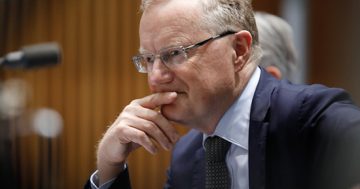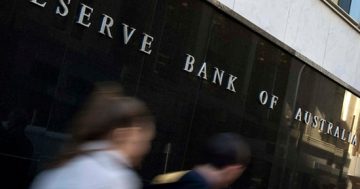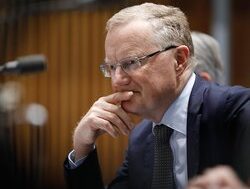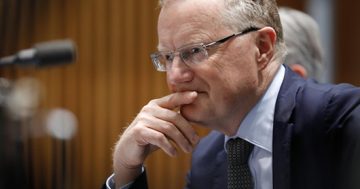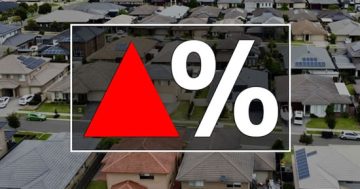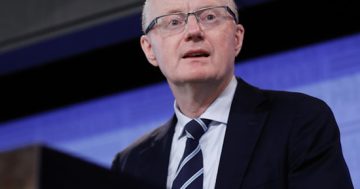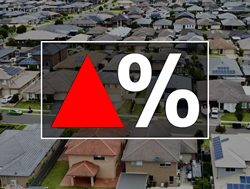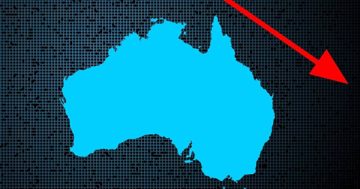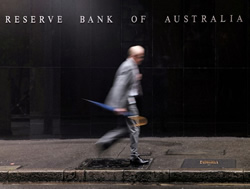Michael Janda* says the Reserve Bank’s latest rate rise has shocked experts.
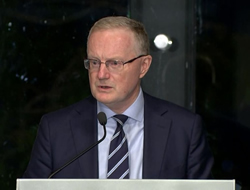 Just a month after the Reserve Bank of Australia (RBA) kept rates on hold — to assess the economic fallout from an unprecedented string of 10 consecutive rate hikes — on Tuesday afternoon it shocked most experts with another rise.
Just a month after the Reserve Bank of Australia (RBA) kept rates on hold — to assess the economic fallout from an unprecedented string of 10 consecutive rate hikes — on Tuesday afternoon it shocked most experts with another rise.
The decision was taken at an RBA board meeting in Perth — the first time since before the pandemic that the bank had made it to the West — and governor Philip Lowe spoke at a dinner filled with business leaders to explain why the pause was so short.
“We have seen further evidence that the Australian labour market is still very tight, that services price inflation is proving to be uncomfortably persistent abroad, and that asset prices — including the exchange rate and housing prices — are responding to changes in the interest rate outlook,” he told the gathered crowd.
Mr Lowe was referring to March unemployment data, released in April, showing the jobless rate remained at near a 50-year low of 3.5 per cent after more than 50,000 extra jobs were added to the economy.
The Australian dollar had been edging lower — sitting just above 66 US cents before the rates decision was announced — jumping to 67 US cents soon after.
A lower dollar lifts import prices and, thus, inflation.
House price data released on Monday showed a second consecutive month of national gains, with the five biggest capitals all posting price rises in April, and the average of regional markets up too, albeit barely.
However, the coup de grace was last week’s inflation number for the March quarter.
Initially interpreted by a majority of economists as supporting at least another month or two on hold, the RBA was spooked by an acceleration in price rises for services such as hospitality, healthcare and education.
“Goods price inflation is slowing, which is good news,” Mr Lowe said, “but services and energy price inflation is still high and likely to remain so for some time.
“Looking overseas, we see worryingly persistent services price inflation.
“It is possible that circumstances might be different here in Australia, but the experience abroad points to an upside risk, especially given the high degree of commonality across countries in inflation dynamics recently.”
RBA ‘not on a pre-set course’
It is a risk the RBA evidently did not want to take, deciding that another rate rise now might head off the need for even higher rates later.
“We are taking a bit more time than some other countries, on the basis that doing so can preserve some of the gains in the labour market,” Mr Lowe explained.
“But there is a limit here. If we take too long to get inflation back to target, expectations will adjust and life will become more difficult.”
However, while warning that “some further tightening of monetary policy may be required”, Mr Lowe was also at pains to emphasise that another rate rise was far from a forgone conclusion.
“The board is not on a pre-set course,” he said.
“It will continue to pay close attention to developments in the global economy, trends in household spending and the outlook for inflation and the labour market.
“Once again, we will do what is necessary to bring inflation back to target.”
In the question and answer session, Mr Lowe revealed how close the board was to keeping rates on hold again.
“Both last month and this month, the decisions were finely balanced,” he told the audience.
“But, given the flow of data, we came to a strong consensus it was time to move again today.”
‘Narrow path’ not getting narrower
For the better part of a year, Philip Lowe has talked about Australia walking a narrow path between raising interest rates enough to get inflation back below the top of the bank’s 2-3 per cent target range and raising them so much the economy falls into recession.
For the time being, Mr Lowe is optimistic that Australia’s economy can remain on that path.
“I don’t think it’s getting narrower,” he said in response to a question.
“Our assessment is we’re still on that path and, while there’s a lot of uncertainty, it’s quite plausible, we can stay on it.”
Mr Lowe also outlined his vision for what remaining on that path may look like.
“If we get inflation back to 3 per cent in a couple of years, and the unemployment rate goes up maybe to 4.5 per cent, my view is that’d be a really good outcome for the country,” he said.
“We could try and get inflation back down more quickly. But how would we do that? We do that with even higher interest rates, more family stress, and the loss of jobs.
“And the judgement that we’ve made is that the benefit of getting inflation rate down six months or a year earlier isn’t worth the loss of hundreds of thousands of jobs.”
However, he emphasised that the bank’s patience on inflation was not infinite.
“Another judgement we’ve made is we can’t wait forever to bring inflation back down,” he added.
Mr Lowe also hit back at public criticism of the RBA after a review, released late last month, pointing out that much of its contents was supportive of the bank’s work and achievements to date.
“We have a strong focus on doing what is right for the country, as a whole, over the medium term, even if it is difficult for some people in the short term,” he argued.
“Today’s decision by the board is an example of that.”
*Michael Janda is the ABC’s Online Business Reporter.
This article first appeared at abc.net.au.

